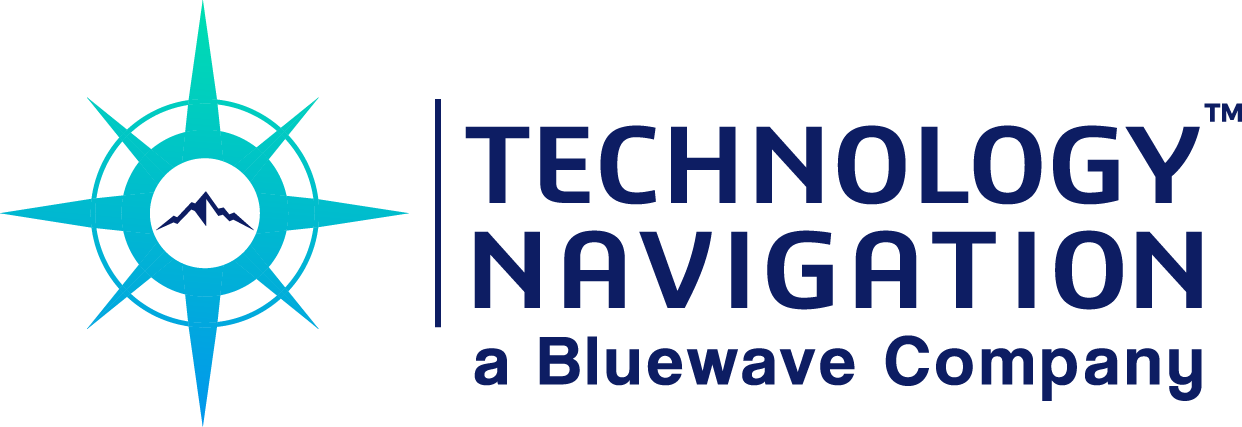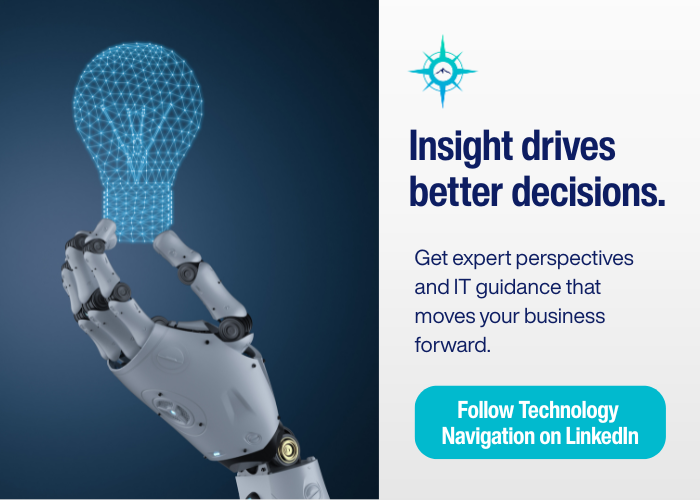

Founder & President
Navigating the IT market can be overwhelming for both clients and providers. For clients, IT infrastructure is a large portion of your daily business operations. As a result, it significantly affects your business performance if it is not at its best. There are so many providers to choose from, it can also be overwhelming. Try searching on “UCaaS Providers” in your web browser. How do you decide which solution is right for you?
What if there was a way to bridge the gap between clients and the IT solution providers? Technology Navigation has made it their business to know each provider, their suite of products, and capabilities. We help procure IT solutions using solutions from providers that offer the best packages for your unique business needs.
Why Technology Navigation? Let’s examine why choosing us for your IT advisement needs is a wise choice.
Robust Supplier Ecosystem
Technology Navigation has over 800 suppliers in our infrastructure portfolio, and over 7,500 SaaS publishers. As a result, our clients have access to a broad range of IT solutions, allowing them to integrate products that align with their goals and budget requirements.
We are subject matter experts in:
- Contact Center as a Service (CCaaS)
- Unified Communications as a Service (UCaaS)
- Software as a Service (SaaS)
- Data Connectivity
- Internet Services
- Collocation
- Cloud
- Wireless and mobility
- VOIP AND POTS
Single Contact Point for All Your Needs
With Technology Navigation, you do not have to juggle different providers to get your IT products. Instead, our experienced IT advisors can act as a single point of contact for all your IT solutions, simplifying the entire process for you.
Ongoing Client Support
Technology Navigation’s IT advisement services do not end at providing clients with the solutions and products they need. We continue to provide an extra layer of support to clients and act as their advocates through the lifecycle of the services. Effectively, we are an extension of our client’s IT team.
Complimentary Advisement & Support
Unlike most IT advisors Technology Navigation does not charge fees. Instead, we are paid by our brokerage arm which allows us to make an immediate impact, at no cost to you.
Agnostic, Not Unbiased
One of the biggest problems clients face when it comes to procuring services from providers directly is that their primary goal is making a sale., . Technology Navigation is 100% agnostic, but not unbiased. This means that we offer a wide range of solutions and recommend the best service for your business needs. We don’t work for the providers; we work for you.
The Takeaway?
Technology Navigation is more than just your average It advisement firm. We help formulate the right solution, with the right budget and assist in supporting the solution to take you a step closer to your business goals. So, if you are ready to take the plunge and work with Technology Navigation, click here to discover what we can do for you.










